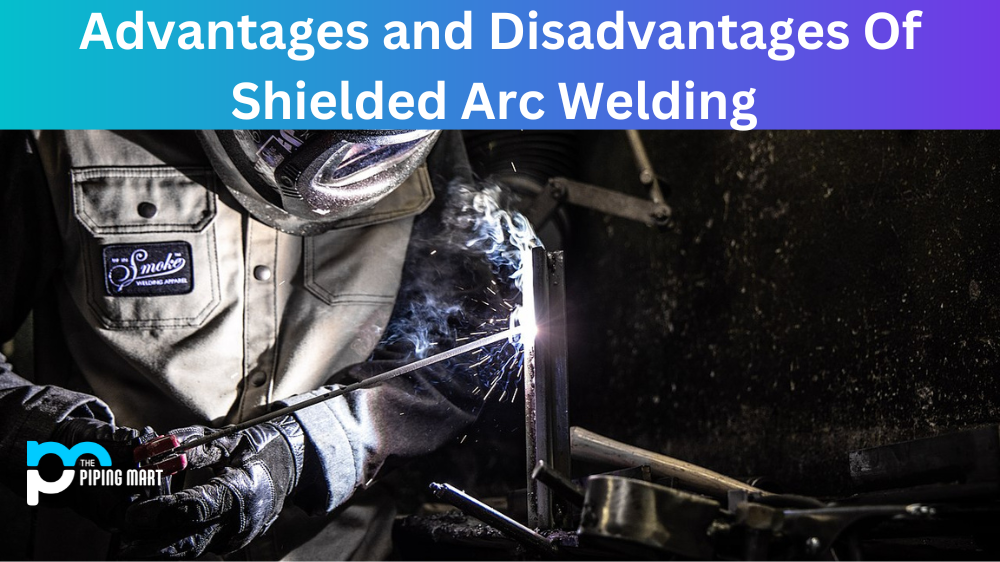Spot welding is an incredibly useful and effective technique to join two metals. It’s often used in the automotive industry, but it can be handy for anyone looking to create stronger joints for their projects. So, how does one go about spot welding with a MIG welder? Let’s take a look.
What is Spot Welding?
Spot welding is a process that creates strong bonds between two pieces of metal. A spot weld is made when an electric current passes through the metal and heats it until it melts and fuses the two pieces. This type of welding is faster than other techniques like TIG or MIG welding, creating strong bonds resistant to corrosion and vibration.
Set Up Your Welder Properly
Before you begin spot welding, you’ll need to set up your welder properly. This includes making sure that the power settings are correct and that the gun is positioned correctly for spot welding. Generally speaking, the power setting should be set between 20-30 volts and the gun should be tilted slightly in order to focus heat on one area efficiently. Once everything is set up, you can move on to the actual welding process.
Welding Process
Once your welder is set up properly, it’s time to begin the actual spot welding process. To start, make sure both pieces of metal are clean and free from any debris or oxidation. Then place them together in the desired position and press down lightly on them with your arms or hands until they fit snugly together. Next, holding your MIG welder gun in one hand and an electrode in the other hand, move the electrode towards the joint while simultaneously pressing down with moderate pressure until sparks start flying from the joint area. At this point, continue pressing down for around 3-5 seconds until a bright orange colour appears at the joint area; this indicates that proper bonding has been achieved between both pieces of metal. Finally, release pressure from both hands at once and withdraw your MIG welder away from the joint area; this will complete your spot weld!
How to Perform Spot Welding with a MIG Welder
Spot welding with a MIG welder requires some special setup and equipment. You will need to purchase electrodes specifically made for spot welding and a trigger switch that allows you to control the current going through the electrode tips. Once you have all your equipment set up, here are the basic steps to perform spot welding with a MIG welder:
- Clean off any dirt or debris from both pieces of metal you wish to join together. This helps ensure that your weld will create a strong bond between them without any weak spots due to contaminants.
- Position your electrodes on either side of where you want your welded joint to be, ensuring that they are making contact with both pieces of metal. This ensures that electricity will flow properly when you start your weld.
- Turn on your MIG welder and adjust the settings according to your desired amperage and voltage levels – higher amps result in more heat, so adjust accordingly! Depending on your material’s thickness, you may also want to change the wire feed speed if needed.
- Press the trigger switch connected to your electrodes and hold it down while moving them in circles across where you want the joint formed – this helps evenly distribute heat across all surfaces being joined together. Keep an eye out for sparks flying from either end, which indicates that everything is working correctly!
- Once complete, turn off your power supply and allow time for cooling before handling anything else near where you spot welded – this helps ensure safety during operation and prevent any potential damage due to accidental contact with hot metal parts while the cooling down period afterward!
Conclusion:
By following these simple steps, anyone can learn how to use their MIG welder for spot welding purposes! It’s important not only to familiarize yourself with the basics but also to practice enough times until you feel confident in doing so correctly every time – this way when it comes down to crunch-time (e.g., automotive repair or DIY project), no matter what challenges come up you’ll know exactly what needs doing in order get the job done right first try! With proper preparation and practice, anyone can learn how to do spot welding safely using their trusty MIG welder at home – good luck!
Meet Heer, a dynamic and driven writer learning tricks of her trade in the metal industry. With a background in Digital Marketing, Heer brings a unique perspective to her writing, sharing valuable insights. Apart from blogging she like reading and hiking.




